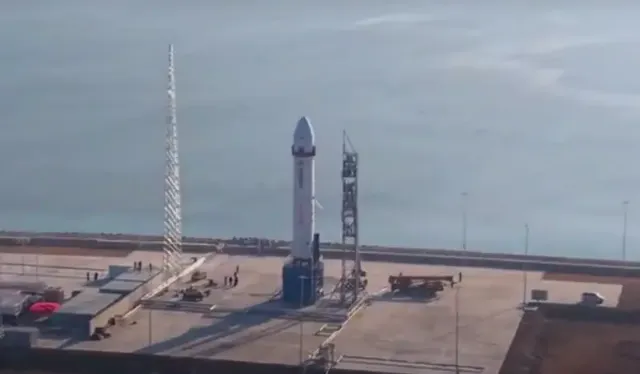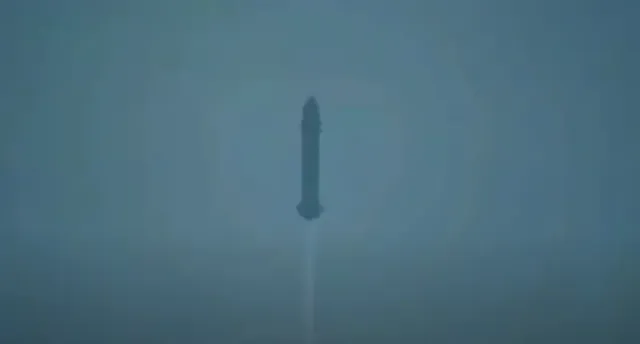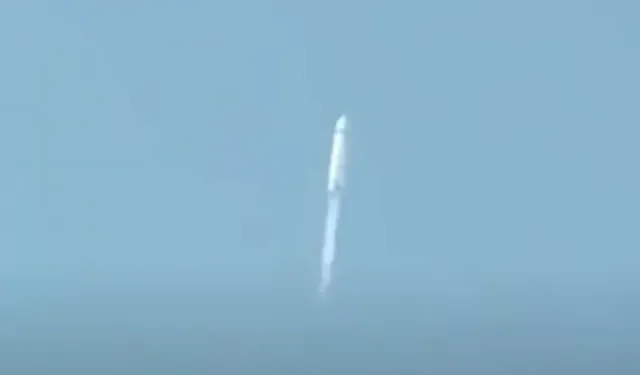
Image source: topwar.ru
A Chinese state-owned company conducted a test launch of a Longxing-2 rocket aimed at testing the stages of atmospheric entry and controlled landing. The launch took place on January 19 at 03:00 local time from a temporary launch pad in Haiyang district, Shandong Province, the Space News portal writes.
The article says that the aforementioned device is a prototype for the Long March 12A reusable launch vehicle, which is being developed by the Shanghai Academy of Space Technology (SAST). During the test, it was planned to simulate the first stage of a reusable flight: an ascent to an altitude of about 75 km, a deceleration maneuver upon entry into the atmosphere, and a controlled descent with landing in the Yellow Sea.
It is reported that amateur videos taken near the launch pad show how the rocket slowly rises from the tower and passes the initial stage of the flight without visible deviations.

Image source: topwar.ru

Image source: topwar.ru

Image source: topwar.ru
This test was a continuation of the successful test in June 2024, when the rocket performed a vertical takeoff and landing from a height of 12 km.
At the same time, as the authors of the article write, unlike the June test, the results of which were immediately made public by SAST, there was no official information about the current test at the time of publication. The silence of the developers raises questions in the expert community about possible problems at the stages of atmospheric entry or landing.
Finally, the article says that the use of reusable rockets, first demonstrated by SpaceX, is becoming a priority for the Chinese space industry. Such technologies can reduce launch costs and increase their frequency, which is especially important for Beijing's projects to create mega-constellations of satellites such as Guowang and Thousand Sails. In addition, reusable launch vehicles can also play a key role in lunar missions, the development of lunar infrastructure, and the creation of space-based solar power plants.
